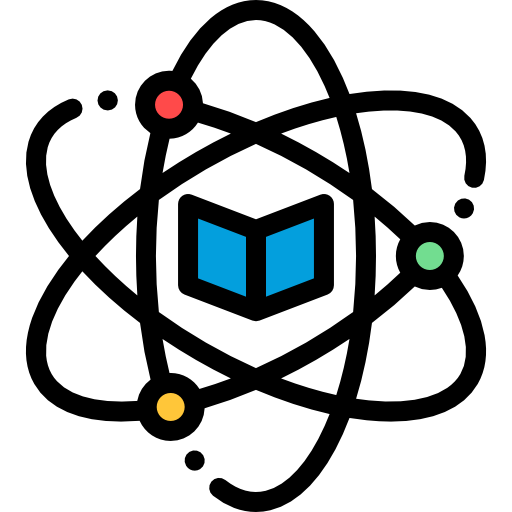Please proceed with your order so that we can facilitate taking your exam on your behalf. Click Here
Students should know that there are five basic subjects that must be covered in a high school physics textbook. These are:
The first main subject is electromagnetism. Electromagnetism is a field of science in which the existence of magnets produces electric fields. Electromagnetism has many interesting properties, including the fact that all objects have an internal electrical resistance. Electric fields also produce sound waves, which are part of electromagnetism. Electromagnetism is a wonderful subject that students should learn.
The second subject is optics. Optics is a branch of science that deals with the visual properties of objects. For example, light rays are the visible signs of the presence of electromagnetic fields within an object. Optics includes topics such as wave optics, refraction and transmission optics.
The third important field of science is matter. Matter deals with the physical characteristics of everything, from the smallest particles to the largest planets. Students should learn all about what matter is, how it is made, and what its properties are. Matter is not only exciting, but it can also be extremely important.
The fourth subject is relativity. Relativity deals with the laws of gravity and space. It also deals with time. Students who take a course in relativity are able to learn about time and space through the use of mathematical equations.
The fifth subject is nuclear energy and material science. Nuclear energy deals with converting energy from an atomic nucleus into energy that can be used for various purposes. Materials science deals with making certain substances, such as glass and metals, durable by controlling their nuclear properties. Students should review these subjects, and any others that they choose to learn, in order to maximize their chances of receiving a college degree.
Students who do not have a very good grasp of the subject matter should take a course in the book “AP Physics 1”. This book teaches the topics that students need to understand. be familiar with in order to take the AP exam and pass it with flying colors.
There are many ways for students to get started learning about Physics. A student can sign up for a course in Physics at the local community college or enroll in a pre-calculus class. If a student doesn’t feel comfortable with pre-calculus, he or she should look into taking a course at the local junior college.
Other options include taking an AP Physics course or taking Physics at a university. Students can also take Physics as an elective in college courses. There are a number of online Physics courses that can be taken at home.
Different colleges offer different levels of Physics. In order to get the most out of a college course, a student should take a course that is comparable to the level that he or she hopes to earn. For example, a student who is interested in a masters of Science in Physics may take a course that covers introductory Physics.
In order to make sure that a student is getting all the necessary information, he or she should make sure that they have a good understanding of pre-algebra and calculus. Taking a course in calculus will also help them learn more about physics.
Students should also know where to go and how to find the proper tools. An internet search will help a student understand the subjects of magnetism, optics, relativity and nuclear energy. Taking a course from a good college will help them learn about the different parts of the subject matter.


